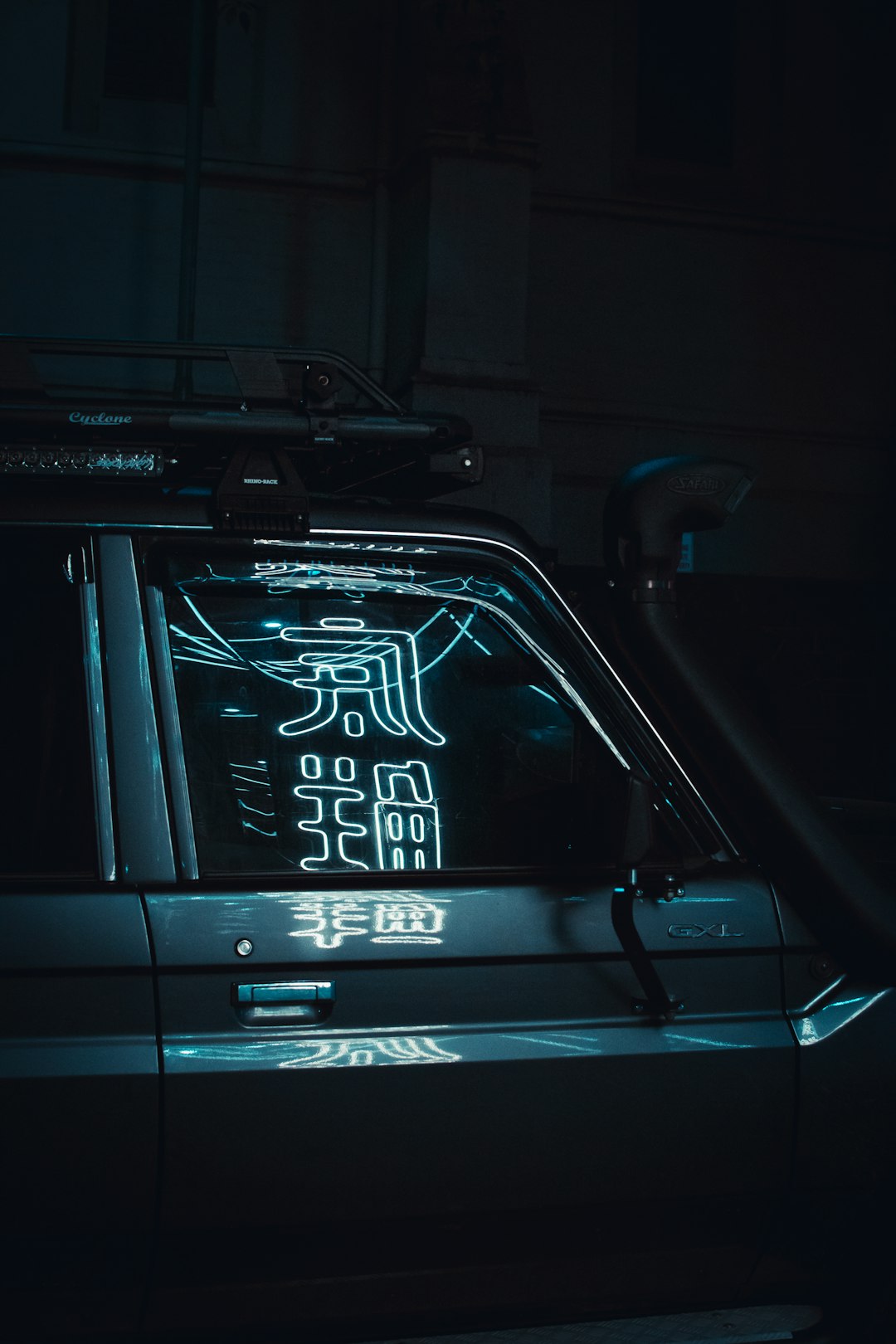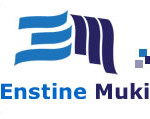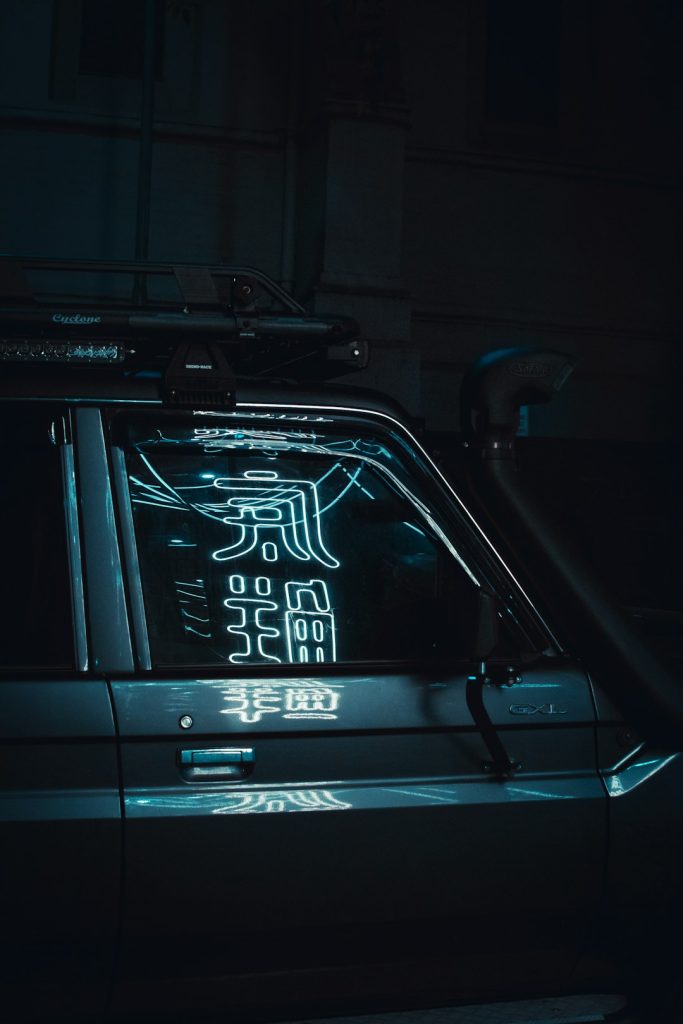Artificial Intelligence (AI) has revolutionized the world of digital art and design. With recent advancements, creating visually stunning and professional-quality images is no longer limited to experts or those with years of training. Whether you’re working on a marketing campaign, building a brand, or just exploring creativity, AI tools can help you design with ease and flair.
TL;DR: AI-powered image generators allow anyone to create professional digital artwork with minimal effort. By selecting the right tool, crafting great prompts, and fine-tuning results, it’s possible to produce eye-catching images in minutes. This guide walks you through the process step by step, providing useful tips along the way. Whether you’re a beginner or an experienced designer, there’s something here to help you make the most of AI art tools.
1. Choose the Right AI Image Generator
The first step in creating stunning AI images is choosing a reliable and capable image generation tool. There are a few popular AI-driven tools available today that are easy to use and offer a wide range of functionality:
- Midjourney – Known for its artistic flair and stylistic output.
- DALL·E by OpenAI – Offers detailed, realistic renders and prompt segmentation.
- Artbreeder – A great platform for blending and evolving images, especially faces and landscapes.
- Stable Diffusion – An open-source tool that allows high customization and privacy.
Each of these tools has its own advantages. For beginners, DALL·E or Midjourney may be the best choice due to their user-friendly interfaces and intuitive design options.
2. Learn How to Write Effective Prompts
The quality of your AI image largely depends on how well you prompt the AI. Think of your prompt as a set of instructions for the AI to follow — the more specific and descriptive, the better the outcome.
Here are some key tips for writing good prompts:
- Be detailed: Instead of “sunset,” try “a vivid orange and pink sunset over a calm ocean.”
- Use stylistic terms: Words like “cyberpunk,” “baroque,” or “watercolor” can direct the artistic aesthetic.
- Mention lighting and mood: “with dramatic shadows,” “soft lighting,” or “vintage atmosphere.”
- Specify aspects like composition: For instance, “portrait orientation,” “close-up,” or “wide angle shot.”
Practice makes perfect. Don’t be afraid to experiment with different prompt combinations to see what yields the best results.
3. Generate Your Image
Once you have crafted a thoughtful and descriptive prompt, it’s time to generate your image using your chosen tool. Most services work by simply typing in the prompt and clicking a button — the AI takes it from there.
For example, using DALL·E, you might enter: “A futuristic city skyline at night, neon lights, cyberpunk style, hyper-realistic, wide shot, high-resolution”. Within seconds, you’ll see multiple variations that you can choose from or refine further.

At this stage, consider generating several versions of the same prompt. This gives you options and makes it easier to pick the one that best matches your vision.
4. Refine and Edit the Results
AI art isn’t always perfect on the first try. You may notice minor inconsistencies or want to tweak parts of the image. Most tools allow you to refine the image directly or re-generate certain parts using inpainting or variation features.
You can also take the AI-generated image into editing software like Adobe Photoshop or GIMP for additional adjustments such as:
- Improving contrast and brightness
- Fixing small details or anomalies
- Adding logos, text, or effects
- Combining multiple AI images into one
Many creators use AI-generated art as a foundation and then layer in manual elements to add a personal touch or align it more closely with brand requirements.
5. Use Styles and Pre-Sets
Most AI platforms allow you to apply existing styles or filters to your image generation requests. For instance, you can recreate images in the style of famous artists like Van Gogh or Monet, or opt for modern digital aesthetics like low-poly or glitch art.
Adding phrases like “in the style of Studio Ghibli” or “digital matte painting style” can dramatically alter the outcome and produce visually unique compositions. This is a great way to inject mood and identity into your content.
These presets or stylistic prompts can be particularly helpful when creating a series of images with a consistent visual tone — such as for a brand campaign or digital portfolio.
6. Experiment and Iterate
Don’t be afraid to play and experiment. AI image generators thrive on exploration. Change one word at a time in your prompt to see how it alters the output — sometimes even a single adjective can produce a radically different result.
Try iterations like:
- “a mystical forest, morning fog, photorealistic”
- “a mystical forest, autumn colors, cinematic lighting”
- “a mystical forest, glowing mushrooms, fantasy style”
Compare results and refine your preferences. Over time, you’ll develop a feel for what prompt styles bring the most success.
7. Tips for Using AI Images Commercially
If you plan to use images commercially (for marketing, social media, print, etc.), keep the following tips in mind:
- Check licensing agreements: Tools like DALL·E provide rights for commercial use, while others may have limitations.
- Edit for uniqueness: AI-generated images may look similar to those created by others. Personalize yours to stand out.
- Combine multiple outputs: Merging images or adding overlays can help you diversify visuals.
- Attribute where appropriate: Some platforms appreciate or require attribution, even if usage rights are granted.
Using AI-generated visuals for commercial purposes can be a game-changer, but it helps to stay informed about the terms and potential limitations.
8. Common Pitfalls to Avoid
As powerful as AI image generation can be, there are some common mistakes you’ll want to steer clear of:
- Overloading the prompt – Too many details at once can confuse the AI. Keep it clear and focused.
- Underestimating post-processing – Don’t rely solely on the AI. Enhance your results with finishing touches.
- Ignoring aspect ratios – Not all tools support custom sizes, but always aim for formats suitable for your intended use (web, print, social, etc.).
- Failing to save your prompts – If you get a great result, save your prompt so you can reuse or tweak it later.
Conclusion
AI-generated imagery opens up a whole new world of creativity, where technical skill is no longer a barrier to expression. Whether you’re looking to craft visual concepts, create assets for marketing, or simply have fun exploring your artistic side, AI tools are a valuable companion on your journey.
Remember: the key is experimentation. The more you play with prompts, styles, and tools, the more control and precision you’ll gain. Embrace the creative chaos, and soon you’ll be producing images that are nothing short of extraordinary.

